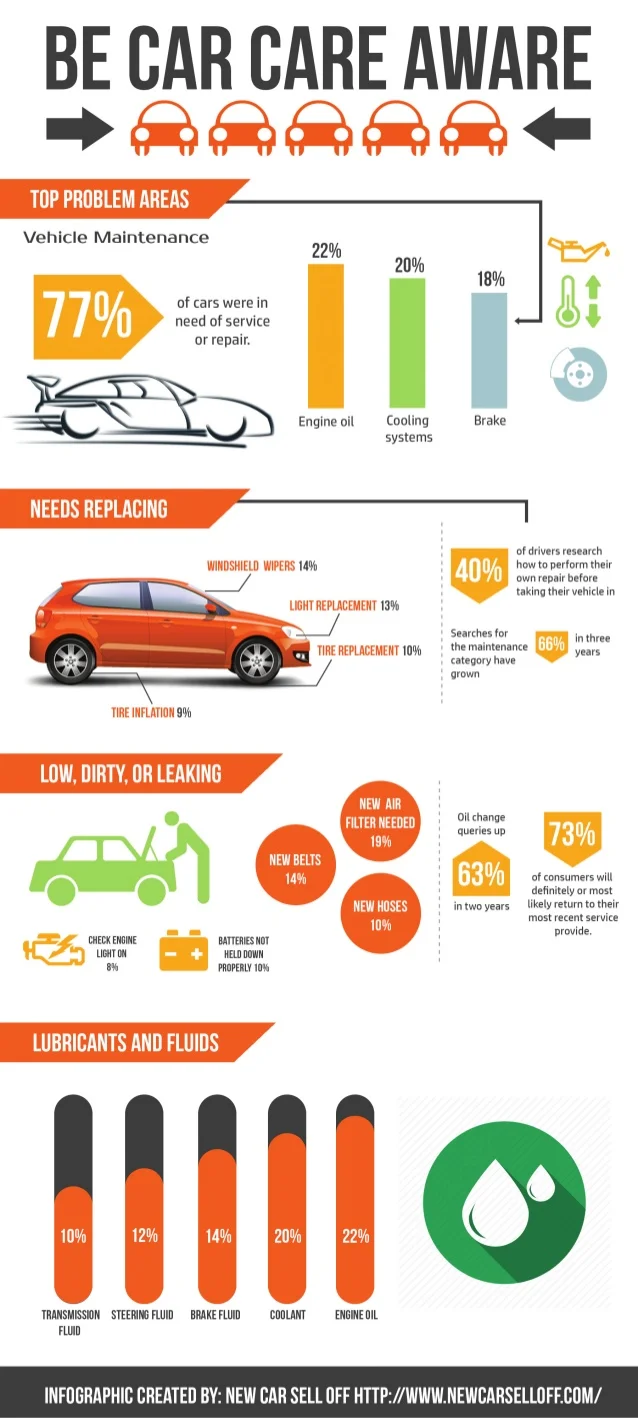Gain Insight Into The Control Panel Warning Lights In Your Automobile To Comprehend Their Implications On Your Car'S Well-Being And Safety And Security
Gain Insight Into The Control Panel Warning Lights In Your Automobile To Comprehend Their Implications On Your Car'S Well-Being And Safety And Security
Blog Article
Composed By-McKee Dreier
When you're behind the wheel, those glowing caution lights on your control panel can be a bit perplexing. Do you recognize what they're attempting to tell you concerning your vehicle's wellness? Understanding the value of these lights is crucial for your security and the longevity of your lorry. So, the next time among those lights pops up, would not you intend to decipher its message precisely and take the needed steps to address it?
Common Caution Lights and Interpretations
Recognize typical caution lights in your automobile and comprehend their significances to make certain secure driving.
The most typical warning lights include the check engine light, which indicates problems with the engine or emissions system. If this light begins, it's critical to have your automobile checked quickly.
The oil pressure warning light suggests low oil stress, calling for prompt focus to stop engine damages.
A blinking battery light might suggest a malfunctioning billing system, possibly leaving you stranded if not addressed.
The tire pressure tracking system (TPMS) light alerts you to reduced tire stress, impacting car security and fuel efficiency. Disregarding this could lead to dangerous driving problems.
The ABS light indicates an issue with the anti-lock stopping system, jeopardizing your capability to stop quickly in emergencies.
Last but not least, the coolant temperature level cautioning light warns of engine getting too hot, which can lead to serious damage otherwise resolved swiftly.
Comprehending these usual caution lights will help you resolve concerns without delay and keep risk-free driving conditions.
Importance of Prompt Attention
Understanding the usual warning lights in your car is only the initial step; the relevance of quickly dealing with these warnings can not be stressed sufficient to ensure your safety and security on the road.
When view site… illuminates on your dashboard, it's your auto's way of interacting a potential problem that requires interest. Ignoring these cautions can lead to more serious problems later on, compromising your safety and potentially costing you more out of commission.
Prompt attention to alerting lights can stop failures and mishaps. For example, a blinking check engine light could suggest a misfire that, if left ignored, could create damages to the catalytic converter. Resolving this promptly can save you from a pricey repair service.
In a similar way, a brake system advising light could indicate low brake liquid or used brake pads, essential parts for your safety when driving.
Do It Yourself Troubleshooting Tips
If you discover a warning light on your dashboard, there are a few do it yourself repairing pointers you can attempt prior to looking for specialist assistance.
The first step is to consult your car's manual to recognize what the certain caution light suggests. Occasionally the issue can be as basic as a loose gas cap activating the check engine light. Tightening up the gas cap may deal with the problem.
An additional usual concern is a low battery, which can cause different advising lights. Checking cost to repair ac compressor in car for corrosion and ensuring they're safe could fix the issue.
If a caution light persists, you can try resetting it by disconnecting the automobile's battery for a couple of mins and then reconnecting it. In addition, examining your automobile's liquid levels, such as oil, coolant, and brake fluid, can aid fix warning lights connected to these systems.
mechanic
To conclude, understanding your car's warning lights is important for maintaining your automobile running smoothly and safely. By promptly addressing these alerts and understanding what they imply, you can avoid expensive repair services and potential failures.
Keep in mind to consult your auto's guidebook for certain details on each alerting light and act accordingly to make sure a trouble-free driving experience.
Stay notified, stay risk-free on the road!
